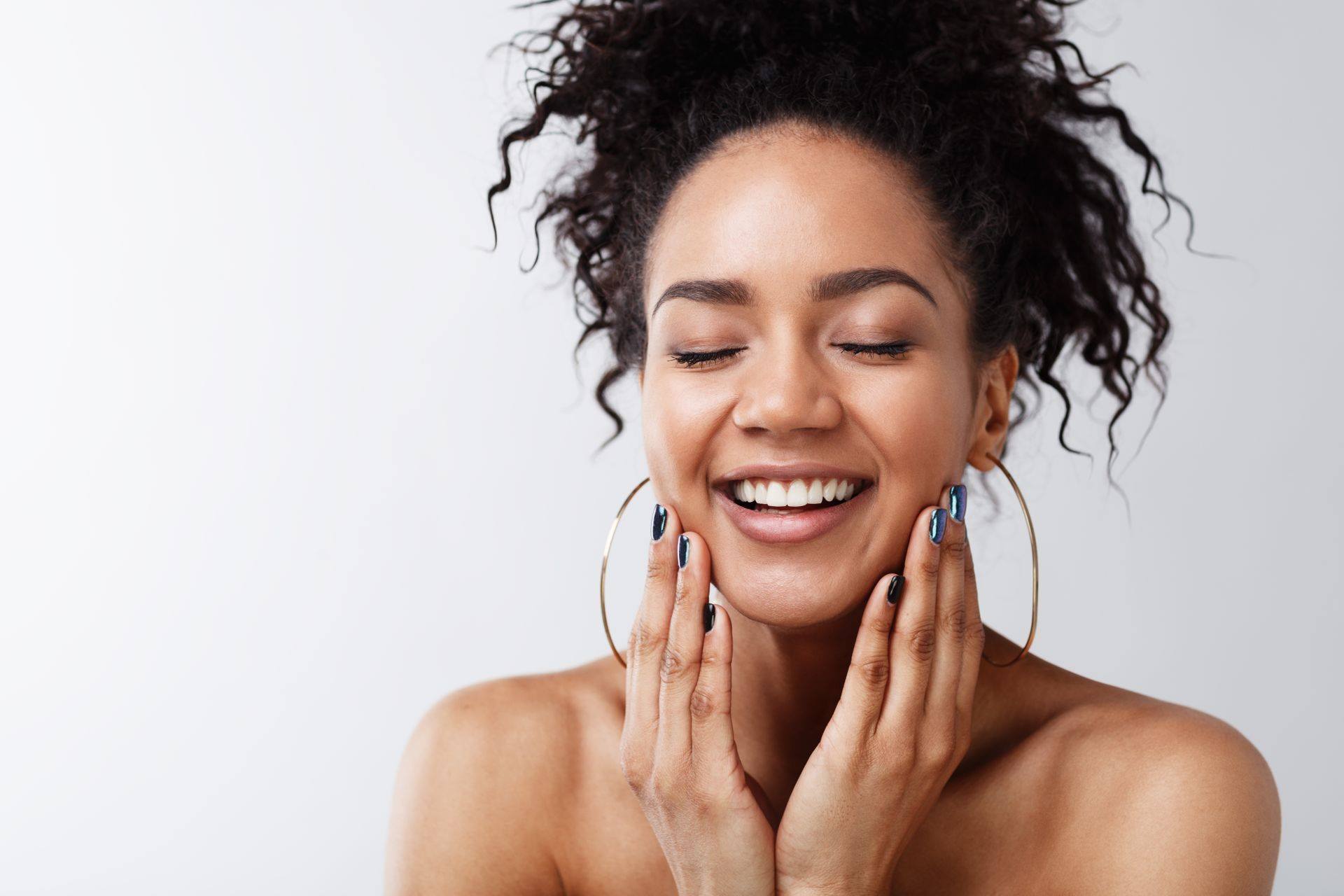
In our modern-day society, we are lucky to be at the behest of scientists and technologists that can instruct us on how to live our healthiest life. From recommending sleep routines with the latest smartwatch to closely monitoring our diet, we can save ourselves from the sins of the past and keep looking youthful for longer than those of previous generations. But eventually, time will wear upon us all and some people will want to eliminate these signs of aging. That is where Botox and anti-aging medical spas come into play.
The concept of frequenting medical spas for special treatment is not new, even if Botox is. In fact, improving or removing the upper layers of the skin for rejuvenation dates back as far as 1500 BC when Egyptian physicians used a type of sandpaper to smooth scars. Luckily today we have better science that enables the treatment to be not so…rough, and Botox is often used to smooth out wrinkles that have been accumulated by individuals, among other uses.
There are other uses for Botox injections that are not commonly discussed. From helping to manage acne to stopping migraines, there are lots of alternative uses for Botox that have been developing over the years. As with any medical or intensive cosmetic procedure, please consult professional medical advice before deciding what is right for you. Only you and a doctor can make the correct decisions about what is appropriate for your health.
Botox is not usually the first line of defense when it comes to managing acne. In fact, it probably should come far after cleaning up your diet, exercising, and trying more common medications. But for those that seem to be treatment-resistant to a lot of acne remedies, Botox can be a wonder drug. Because it can inhibit oil production, tiny amounts of Botox injected in problem areas can clear up acne in a flash. It should be tightly regulated and administered by a trained professional, with a limit on how much you take to guard against adverse effects.
Collagen is perhaps the best know cure for lips that no longer puff out and have sagged, but Botox is quickly catching up. Dermatologists are well known for injecting tiny amounts of Botox along the upper lip in order to puff it out slightly and make it appear larger. It’s both less obvious than direct collagen injections and doesn’t require a lot of Botox, so it’s also relatively inexpensive.
As with acne, Botox is thought of as a medication of last resort for migraine treatments. In fact, it isn’t entirely understood as to what the mechanism of action is and how it stops migraines, but some patients report tremendous effects. Just make sure that whoever is administering the injections is well aware of the cosmetic implications – you don’t want to end up with a clear head and frozen face muscles.
Medically diagnosed excessive sweating, also known as hyperhidrosis, can be stopped with Botox due to its mechanism of action on muscles. By preventing the message from your nerves to your sweat glands, it literally stops excessive sweating in its tracks while nicely toning up the area. Its usage for this purpose has been approved by the FDA and can last anywhere from six months to a year. It has even be found effective for patients that were formerly on clinical antiperspirants. While this may seem insignificant, it can be life-changing for people that dread having to change their clothes multiple times a day or fear the odor that inevitably comes with excessive sweating.
At the end of a long list of uses, Botox should be seen for the wonder drug that it really is. Far from only touching up wrinkles on the face or smoothing age lines, it can be used to stop sweating, migraines, or other common biological disorders to improve people’s quality of life. Just make sure that whoever is administering the Botox is a trained professional and knows all of the risks and consequences involved.

Site Credit // SouthMade